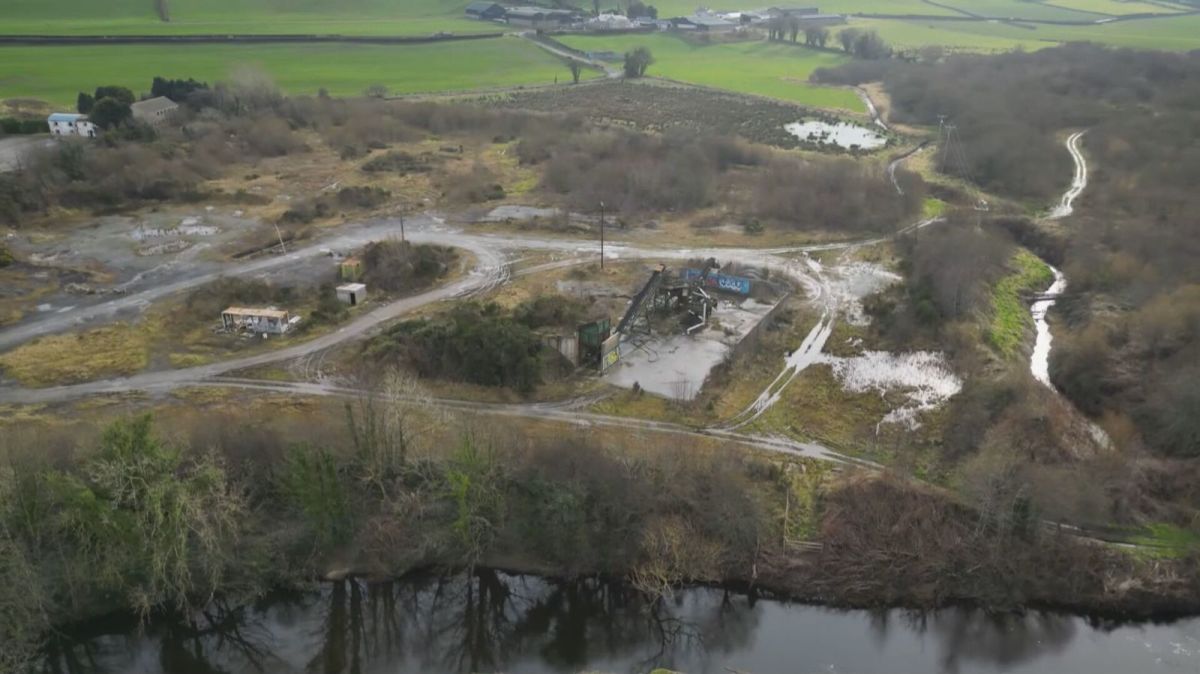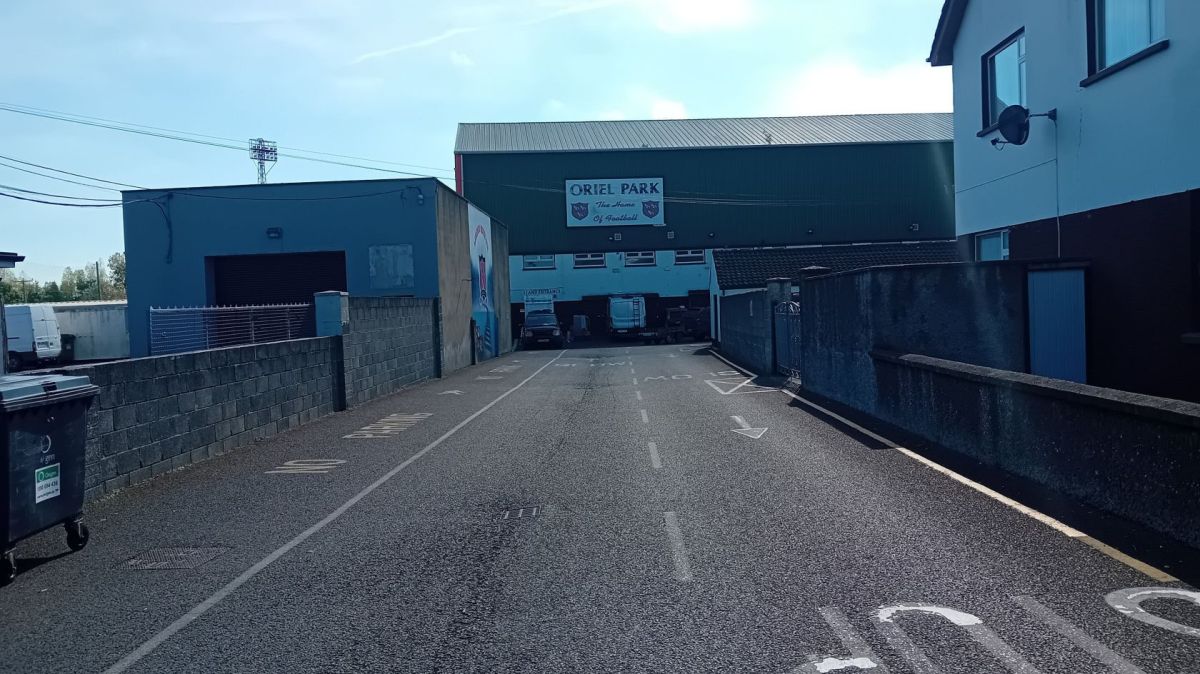Commissioned by the Department for Infrastructure, the study suggests a combination of culverts, embankments, and pumps to protect the town from future flooding events.
Produced by engineering consultancy Amey, the report assessed 14 potential flood defence options, narrowing them down to two technically viable schemes. The preferred plan would offer protection for 78 businesses and 28 homes in the town, which was severely impacted when weeks of heavy rainfall and spring tides led to widespread flooding. Market Street and other low-lying areas were among the worst affected.
Infrastructure Minister Liz Kimmins described the issue as “extremely complex”, citing the range of environmental, archeological, and economic factors at play. She noted that further investigations will be acquired to determine if the scheme remains economically viable as detailed design work progresses.
A total cost includes an estimated £2 million for long term-maintenance. While cost-benefit analysis shows the scheme could prevent up to £26 million in potential flood damage, the report cautions that it remains a complex project with several uncertainties that could affect its feasibility.
Climate change is expected to increase the frequency and severity of such weather events, making preventative action increasingly urgent. The study also emphasises the importance of protecting the River Quoile’s surrounding habitats and Downpatrick’s historical sites.
In tandem with the proposed scheme, Minister Kimmins has announced plans to introduce updated legislation through the Water, Sustainable Drainage and Flood Management Bill. She called it a “major step forward” in preparing Northern Ireland for changing climate conditions and a growing population.















